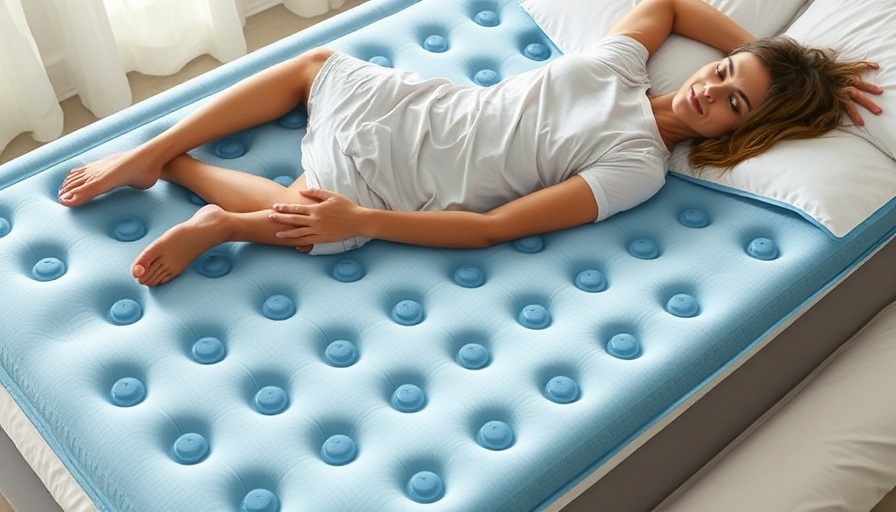
How Digital Interventions Can Enhance Mood and Reduce Inflammation
Recent research conducted at Reichman University has revealed exciting findings on how a structured digital protocol, known as RMPY-008, can link brain connectivity changes to improvements in mood and lower levels of inflammation. This groundbreaking study, published in the journal npj Digital Medicine, has significant implications for psychological and physical wellness, especially among older adults.
The Science Behind RMPY-008
This study involved a randomized control trial including 103 participants aged 50-65, demonstrating how combining psychological interventions with sensory modulation can effect profound changes in mental health and inflammation markers. Professor Amir Amedi, a principal investigator of the study, noted rapid connectivity changes in critical brain areas such as the insula, which plays a crucial role in modulating immune responses.
Participants experienced significant reductions in depression and anxiety, enhanced well-being, and improvements in resilience. Additionally, the research indicated decreases in specific pro-inflammatory immune mediators like TNF-α and IL-23, which are linked to both mood disorders and neurodegenerative diseases like Alzheimer’s.
Brain Connectivity: A Window into Emotional Health
The study found clear correlations between changes in brain connectivity and improvements in psychological states across participants. Notably, strengthening connectivity within the fronto-limbic network, particularly between the insula and prefrontal cortex, suggests a pathway for using digital interventions to retrain the brain and body.
Making the Most of RMPY-008: Engagement and Adherence
One of the most striking aspects of the trial was the high engagement rate; 94% of participants adhered to the app's usage. Furthermore, over 90% completed more than 80% of daily sessions, a testament to the protocol's high satisfaction and practical application. This high level of engagement indicates that digital tools can play a pivotal role in healthcare by allowing users to actively participate in their own health management.
Implications for Mental Health Technology
The digital protocol's success illustrates a growing trend in the health tech sector that marries psychology and neuroscience with technology solutions to improve mental well-being. As society grapples with mental health challenges, especially in the aging population, innovations like RMPY-008 signal a potential shift in how mental health therapies are delivered.
What the Future Holds: Innovations in Mental Health
With the positive outcomes from this study, we can expect future trends to lean into the integration of multidisciplinary approaches to mental health treatment. Greater research is anticipated in areas combining digital tools with traditional therapeutic practices, allowing for more tailored interventions that resonate with diverse patient needs.
Conclusion: Seizing Opportunities in Health Tech
The findings from this study not only advance our understanding of the relationship between brain connectivity and emotional health but also pave the way for the practical implementation of digital therapy solutions. As we find ourselves at the crossroads of technology and healthcare, it’s imperative for individuals, especially those in older age groups, to consider engaging with digital tools that foster mental well-being. Explore ways to incorporate these innovative solutions in your daily routine for improved psychological resilience and better physical health.
 Add Row
Add Row  Add
Add 




 Add Row
Add Row  Add
Add 
Write A Comment